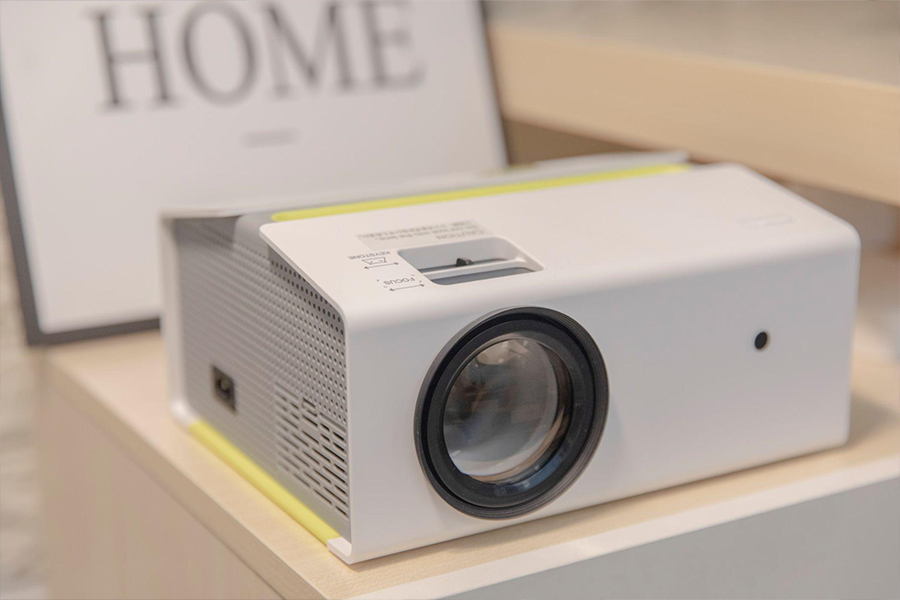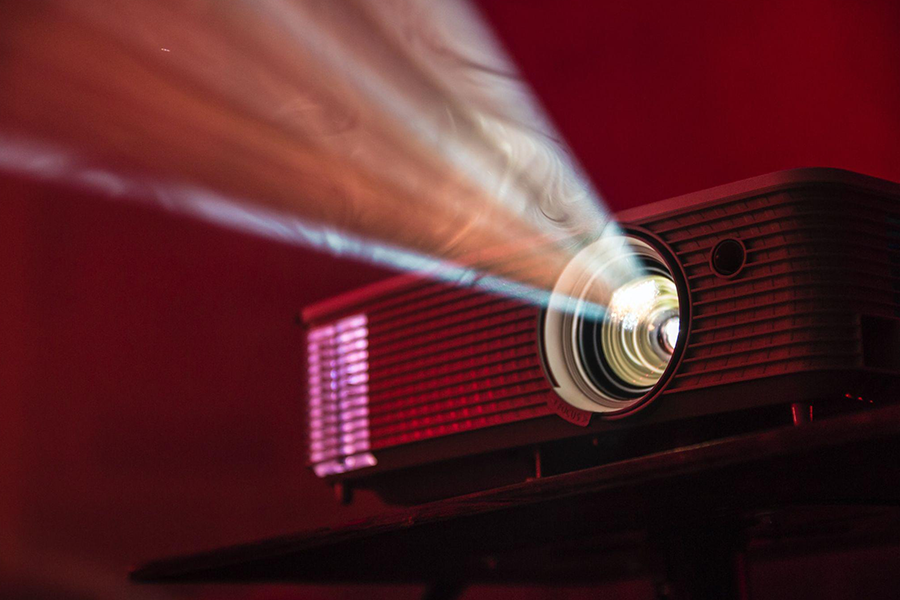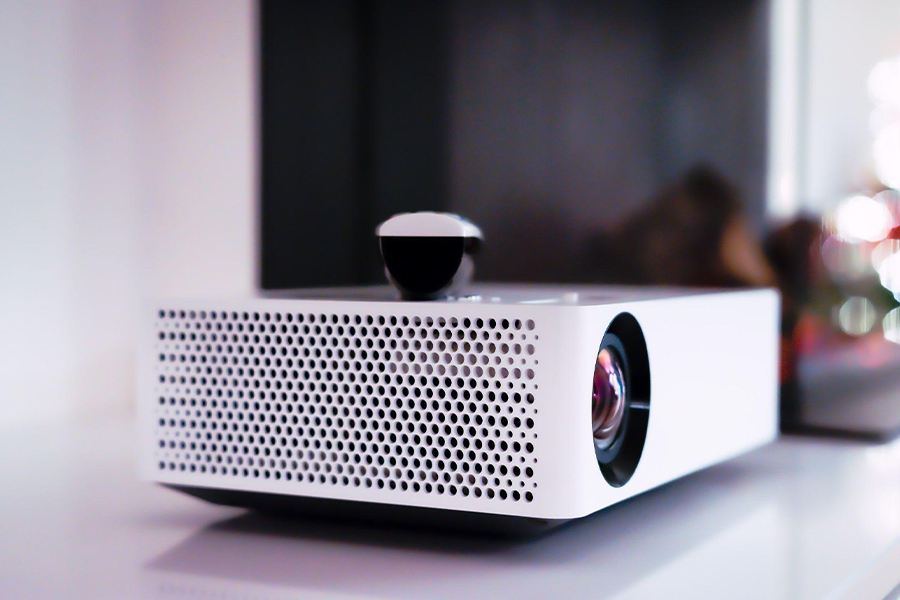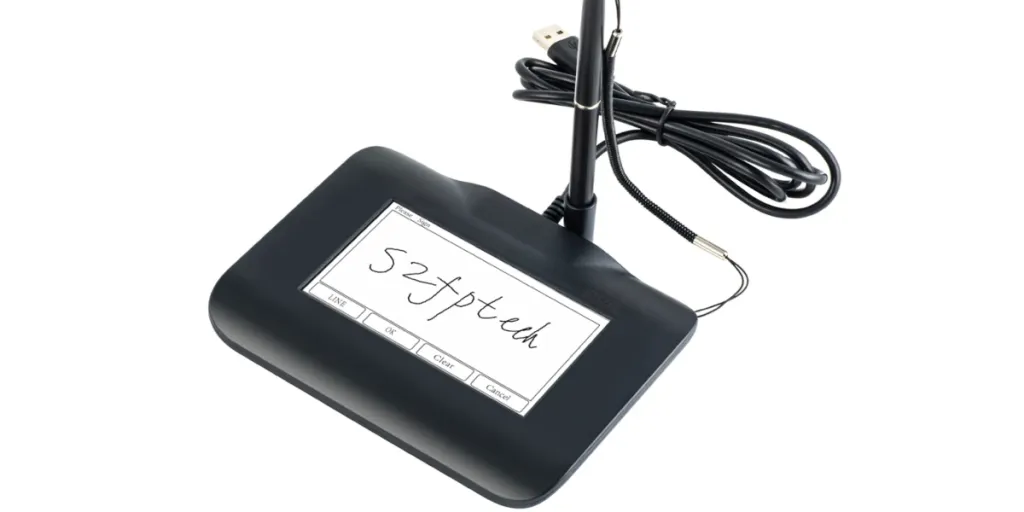Projectors are efficient devices widely used in educational settings, offices, and for recreational purposes. Thanks to technological advancements, they are now available in portable and compact sizes, with high-resolution images and high-quality audio.
With so many devices in the market, determining which ones are the best can be difficult. This article covers the most important factors to consider when looking at portable projectors.
Table of Contents
The profitable market of portable projectors
Factors to consider when looking for portable projectors
Which portable projectors are the best to buy?
The profitable market of portable projectors

The global portable projector market was valued at US $1.56 billion in 2020, growing at a compound annual growth rate (CAGR) of 4.64% to reach an expected US $2.46 billion by 2030. Portable projectors are excellent for outdoor events such as camping and social gatherings because they are small, lightweight, inexpensive, and produce high-quality audio and video.
Technological advancement is driving the market, as they now come in compact sizes with improved resolution and sufficient memory space for storage. They also have HDMI, MHL, and USB ports and can be connected via cables to laptops, smartphones, and tablets. Most of the devices have Bluetooth and WiFi connectivity, making streaming convenient.
Difference between portable standard projectors
The primary distinction between a mini projector and a standard projector is their size and features. Regular projectors are large, with significantly larger internal components, and are typically mounted on the ceiling.
Portable projectors, on the other hand, are small and light, measuring around 8″ × 8″ × 4″, and are ideal for traveling. But standard projectors have an advantage as they generate high-quality videos with enhanced color, contrast, and detailed pictures.
Factors to consider when looking for portable projectors

Projection type
Today, three types of imaging chips are available on the market: LCD (liquid crystal display), DLP (digital light processing), and LCoS (liquid crystal on silicon). The imaging types simply refer to how the projector controls its light. The most popular projectors today are LCD and DLP, both of which are lamp-based and use a bulb to illuminate the device.
DLP devices are smaller and more portable, with high contrast and sharp images. LCDs are much less expensive, provide crisper images, and are brighter than DLPs. LCoS, on the other hand, has the highest contrast ratio and provides an excellent cinematic experience.
Sharper laser projectors are available on the market but are not portable and tend to be more expensive.
Lamps versus LEDs and lasers
The light source in the projector should be considered in addition to DLP, LCD, and LCoS. There are three types of light sources: LED, laser, and lamp, each with advantages and disadvantages.
A lamp-based light bulb must be replaced after 3,000 to 4,000 hours of viewing, after which the quality deteriorates. There are, however, a few lamp-based models that can provide up to 5,000 hours of viewing time.
On the other hand, projectors that use lasers or LEDs are more expensive, have a longer life, and can run for up to 30,000 hours without needing to replace anything.
A lamp-based model is appropriate for individuals who will use it sparingly, whereas laser/LEDs are ideal for those who use the projector as their primary mode of viewing. They are more expensive but have a longer life and better color and contrast.
Picture quality

The resolution of the projector determines the image quality. The highest resolution for a portable device is 4K resolution. Other options will range from 750p to 1080p high-definition projectors that work well in dark spaces, basements, and gardens.
4K devices are the best options for shoppers who want high-quality images and are willing to pay a premium. On the other hand, individuals looking to save money should consider 720p.
Brightness
Another vital spec is lumens, which measure how much light a projector emits. Projectors with greater lumen counts will be much brighter than others. When the projector is used in open spaces during the day with a lot of ambient light, brightness is an issue.
The more light there is in the room, the more washed out the image will appear. As a result, having higher lumens can effectively mitigate the effect caused by ambient lighting and be used comfortably in open spaces.
A projector with fewer lumens can be used only in darker environments. This is true for most portable projectors, with a lumen count of 1,500 and a maximum brightness of around 2,400 lumens. This is because portable projectors have smaller bulbs than their counterparts. Premium stationery projectors have more than 3,000 lumens.
Connections

It is critical to consider how the projector will be connected to the various devices with which it will be used. An HDMI port is required to connect the projector to streaming devices such as Apple TV or Roku, as well as laptop computers.
Many projectors include Bluetooth and WiFi connectivity, allowing users to wirelessly connect their smartphones or tablets and stream videos from YouTube and other platforms.
Power source and audio
The power source and capacity are essential factors to consider in portable devices. For example, the projector’s battery should be able to stream two-and-a-half-hour movies. Most of the devices in the market have rechargeable batteries that last between 2.5 and 4 hours and can be used while charging.
In terms of audio, most devices have built-in speakers and audio outputs to which external speakers can be connected. Wireless speakers can be used with Bluetooth-enabled projectors.
Setup features

The projectors must be configured appropriately to get the best images. The two main settings that need to be tweaked are focus and keystone. The focus is adjusted based on the distance between the screen and the projector.
Keystone, on the other hand, corrects issues with image shape. For example, if the projector is angled up or down on the display surface, the images will have a trapezium shape, meaning they will appear smaller at the top than at the bottom. Keystone correction eliminates this problem, resulting in a clear image.
Some projectors include auto keystone and autofocus features that perform the corrections for the user. Other premium models include an intelligent obstacle avoidance feature, which provides images as large as possible while avoiding objects placed in front of the device.
Throw distance and positioning

A portable projector supports either short throw or ultra short throw. The positioning range for short-throw is 3 to 8 feet, and the range for ultra-short throws is 0 to 4 feet. Short throw projectors can reduce the distance by a few feet and work well in any standard room. This will make it easier to find a non-ceiling remedy for the placement of the projector.
Are mini projectors worth it?
Yes, mini projectors are lightweight, compact, and simple to transport and set up, and they produce high-quality video and audio. They are ideal for people who travel frequently or go on outdoor adventures.
These devices also include HDMI ports, WiFi, and Bluetooth connectivity, allowing users to connect their smartphones or laptops via cables. Most projectors have built-in speakers, eliminating the need to carry external ones.
Which portable projectors are the best to buy?
The most popular projectors on the market are LCDs with crisper, high-definition pictures. LCDs with laser bases are excellent because they provide unlimited viewing hours without deterioration of quality and improved color and contrast.
The image quality is non-negotiable, and most people prefer high-definition models with resolutions ranging from 750p to 1080p. Devices with 4K resolution are ideal for shoppers willing to pay more.
Projectors must have a USB and HDMI port to allow users to connect the device to their phones, laptops, or tablets. Bluetooth and WiFi connectivity are essential features for millennials. Furthermore, the battery should be large enough to watch a two-and-a-half-hour movie without needing to charge.
Most shoppers are looking for inexpensive alternatives that are compact, light, and produce high-quality images. As a result, it is critical to have products at various price points to accommodate every shopper’s budget.




